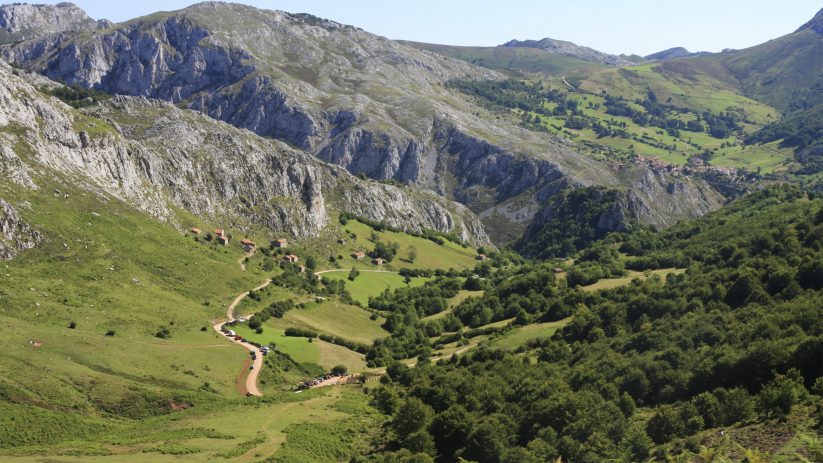…Other Caminos than the Camino Frances…
The Camino de Santiago, often called the Camino, is a network of pilgrim routes leading to the cathedral of Santiago de Compostela in Galicia, northwest Spain. These routes have been travelled for over a thousand years by pilgrims. While the Camino Francés is the most famous Camino route, there are numerous other alternative Camino routes to the French Way:
- Camino Portugués (Portuguese Way): Starts in Lisbon or Porto in Portugal and goes north to Santiago. It’s the second most popular route after the Camino Francés.
- Camino del Norte (Northern Way): Follows the northern coastline of Spain from the Basque Country, through Cantabria, Asturias, and finally into Galicia.
- Camino Primitivo (Primitive Way): The oldest route to Santiago, it starts in Oviedo and joins the Camino Francés further west.
- Camino Inglés (English Way): Originating from the ports of Ferrol and A Coruña in northern Spain, this is a shorter route taken historically by pilgrims coming from the British Isles and Scandinavia.
- Via de la Plata (Silver Way): Starts in Seville in the south of Spain and is one of the longest Camino routes. It travels northwards, passing through the regions of Extremadura and Castilla y León before entering Galicia.
- Camino de Finisterre and Muxía: Instead of ending in Santiago, this route starts there and continues to the coastal towns of Finisterre and Muxía. Historically, Finisterre was believed to be the ‘end of the world’.
- Le Chemin du Puy: This route starts in Le Puy-en-Velay, France, and is also known as the Via Podiensis. It is one of the most popular routes through France and joins the Camino Francés at Saint-Jean-Pied-de-Port.
- Via Francigena: Not a Camino route in the traditional sense, the Via Francigena is a pilgrimage route from Canterbury, England, to Rome, Italy. But it’s worth mentioning due to its historical significance and the spiritual journey it offers to pilgrims.
- Celtic Camino: Combines walking in Ireland (starting points can vary, e.g., Dublin or Bray) with the Camino Inglés in Spain. The idea is to walk a portion in Ireland and then complete the pilgrimage in Spain.
- Rota Vicentina: This is a network of walking trails in southwestern Portugal, comprising the Historical Way, Fishermen’s Trail, and several circular routes. While not a traditional Camino route, it offers a beautiful coastal pilgrimage experience.
- Camino de Invierno (Winter Way): This route diverges from the Camino Francés at Ponferrada and goes through the southern part of Galicia. It’s called the Winter Way because it was historically used when the O Cebreiro pass on the Camino Francés was blocked by snow.
There are also various regional and lesser-known routes throughout Spain and even extending into neighbouring countries like France. The best route for a pilgrim often depends on their starting location, the time they have available, the scenery they prefer, and the type of experience they are looking for.
Stay up-to-date with all of our future live events on Facebook.
If you’d like to book your adventure on the Camino de Santiago, please look at our route pages for inspiration. If you’ve any questions or would like to talk to one of our travel specialists, please don’t hesitate to contact us.
